Abalone, kingfish and hapuku under consideration
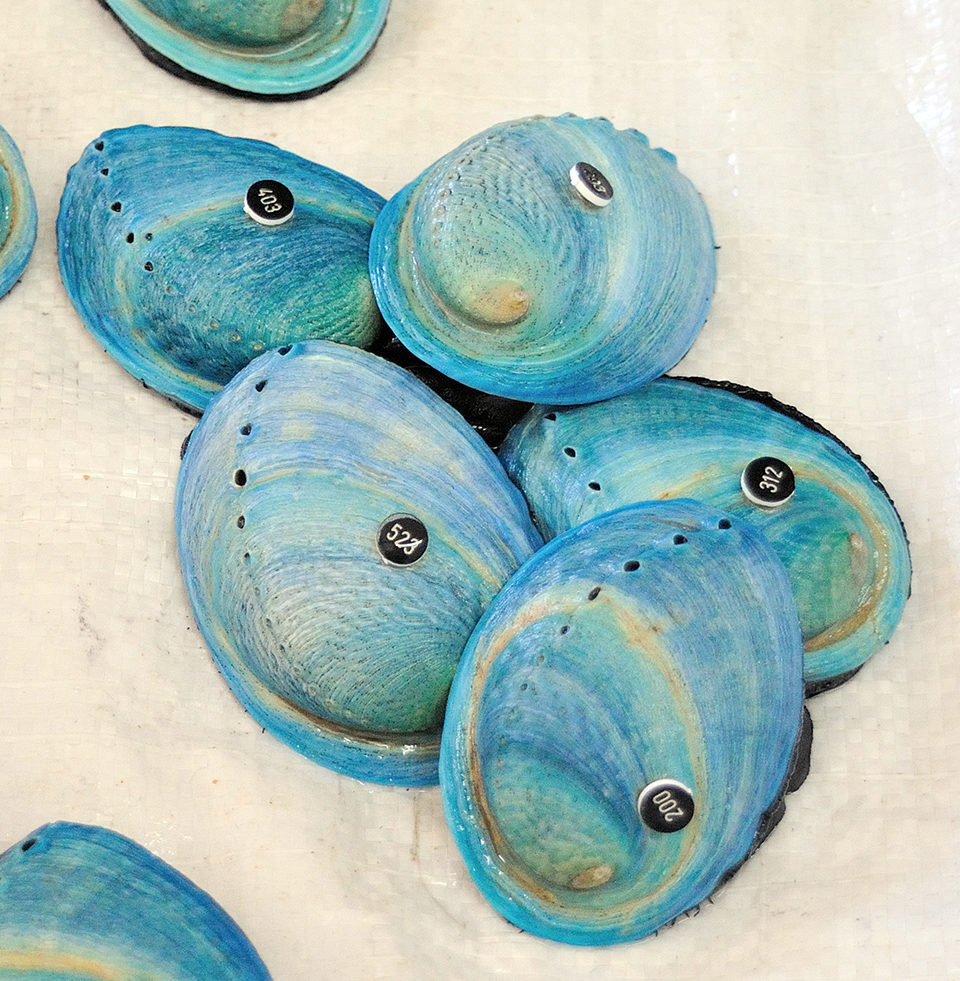
The New Zealand aquaculture industry is small by global standards but generates significant export revenue for the country, and there are plans for a N.Z. $1 billion expansion by 2025. A key element of this expansion will be the diversification and development of high-value species such as yellowtail kingfish (Seriola lalandi), hapuku (Polyprion oxygeneios) and paua or abalone (Haliotis iris). For this strategy to be successful, access to quality broodstock will be essential.
The National Institute of Water & Atmospheric Research Ltd. (NIWA) has therefore established a “high-performance” aquaculture broodstock research program funded by the Foundation for Research, Science and Technology to develop broodstock for these emerging species. For each species, wild broodstock collections from several locations around New Zealand have been completed to establish the parental stocks that will be bred to generate offspring for evaluation.
Achieving the goal of providing the future industry with domesticated, genetically diverse, selected F1 broodstock will be a significant challenge. The specific biological and reproductive characteristics of the chosen species require a different approach to selective breeding for each.
DNA marker development
Genetic fingerprinting using microsatellite DNA (msDNA) markers can significantly aid the establishment and management of a breeding program. The msDNA genotyping of broodstock allows the estimation of relatedness among individuals and genetic diversity in the founding populations. Pedigree can also be identified without the need for separate family rearing tanks.
Therefore a priority for NIWA was to develop a panel of msDNA markers for each species that could be cost effectively used for these applications. NIWA partnered with the New Zealand Crown Research Institute, AgResearch Ltd., to develop the msDNA markers. Optimized multiplex genotyping using eight to 10 variable msDNA markers is now available for all three species.
Paua selective breeding
Paua is the most established of the three species. Farming trials have been conducted in New Zealand since the 1980s. Paua farming has excellent potential for further development because of strong overseas demand and high prices. The industry goal is to exceed 100 mt/year in the next two to three years. Currently, the key issue for paua farmers is slow growth, with stocks taking over four years to reach the current market size of 85-100 mm. Thus, a priority for the industry is to select stocks with improved growth.
NIWA initiated a family-based selective-breeding program for paua in 2007 in partnership with the paua-farming company OceaNZ Blue Ltd. The program will assess key phenotypic traits of commercial value, such as growth, survival and meat yield, in 70 to 80 families.
All families are tagged using spring tags and reared at two sites: NIWA’s Mahanga Bay facility and OceaNZ Blue’s commercial facility. Recently, the first estimation of genetic parameters in this species was completed. The moderate heritability estimates for weight and length at an average of 506 days since fertilization were encouraging and indicated that selection for improved growth will be successful in this species.
These data were obtained from families reared in separate tanks. However, there is a risk that the tank environment may have had a long-lasting influence on growth and thus family performance. This is especially the case for paua, which can take up to 14 months to reach the minimum tagging size of 15 mm.
To test for tank effects, portions of each family were pooled and then reared together from hatching. These mixed groups will later be genotyped to determine parentage and show how the families perform under both types of conditions.
The ultimate goal is to produce paua that grow rapidly to market size and yield a premium-grade product for consumers. The author estimates that a trait such as size at harvest can be improved by 10 to 20 percent per generation. Improved growth can either be used to reduce the time to harvest or provide the market with larger individuals. Either way, the economic reward for the industry is considerable.
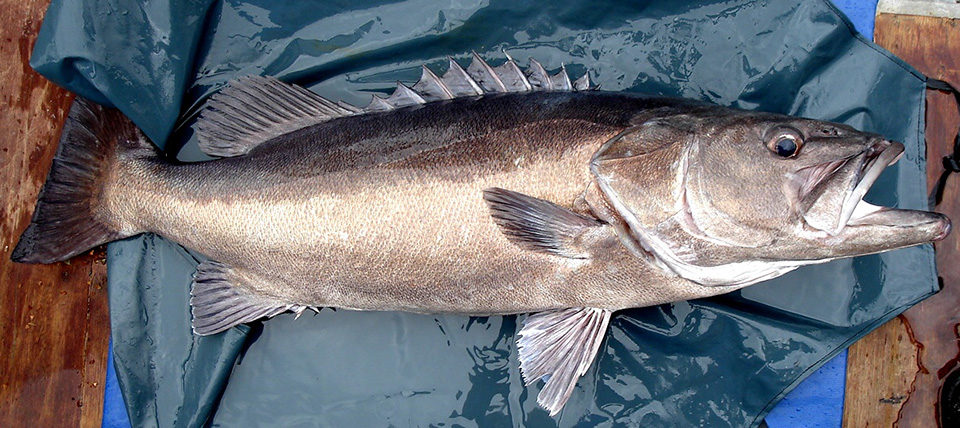
Challenges: breeding large marine fish
Kingfish and hapuku are large marine fish widely distributed in New Zealand’s coastal waters. Hapuku naturally spawn in late winter to early spring, while kingfish spawn in late spring to early summer. Both species are communal batch spawners, and males and females are reared together in large broodstock tanks.
During spawning, females release their eggs into the water, pursuing males release their sperm and the eggs are fertilized. The floating fertilized eggs are removed by egg collectors that receive and filter water from the top of the broodstock tanks. After each spawning event, the different batches of eggs are collected for quality assessment. The resulting fish embryos are incubated in specially designed tanks, where they hatch into larvae.
The communal nature of spawning and low larval survival relative to freshwater fish during early rearing makes selective breeding a challenge. The breeding program has around 70 wild kingfish and 100 wild hapuku broodstock. The goals are to breed as many of these as possible to generate a founding domesticated F1 population and identify the best wild broodstock for commercial fingerling production.
The msDNA markers have allowed the determination of the parentage of the F1 generation from egg, larval and juvenile samples. Tracking egg production during spawning also lets researchers determine how often each individual contributes during the season.
For hapuku, reliable juvenile production is still the focus of research. Until it is achieved, broodstock monitoring and determination of the parentage of the F1s so that as many unrelated, good-performing offspring are kept as future broodstock are top goals. For kingfish, reliable juvenile production methods have been established, so the program can embark on establishing “families” for selective breeding.
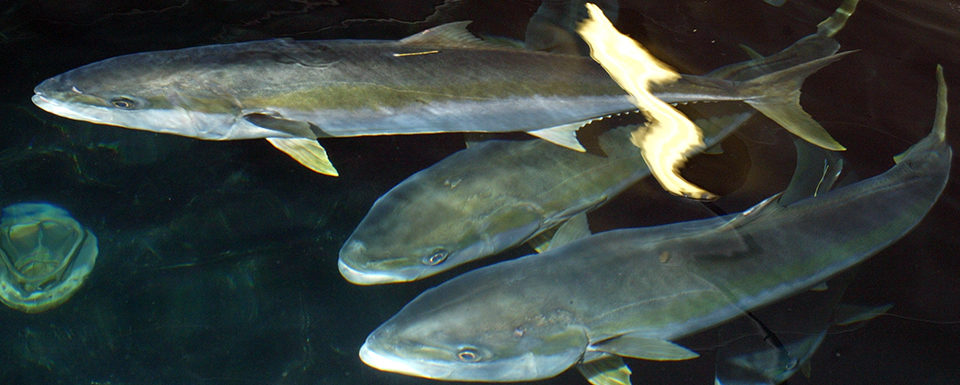
Kingfish milestones
Once reliable spawning males and females are identified, the aim is to establish specific crosses between these individuals. At this stage, where wild broodstock resources are extremely valuable, manual stripping is avoided. Thus, to produce controlled crosses means placing a single male and female in a tank and allowing them to breed.
Until recently, this had not been tried with kingfish, but in early 2008, NIWA placed a pair of kingfish in a tank and closely monitored their behavior. This pair produced fertilized eggs, but only once. This was tried again in early 2009 with two separate pairs of kingfish, and multiple batches of fertilized eggs were collected from both pairs. The program now has the ability to produce families for evaluation and future selective breeding.
Another kingfish milestone achieved in 2008-2009 was the production of F2 offspring from tank-reared F1 broodstock. While the F2s produced so far represent the offspring of only one or two females, they reflect the ability to breed from cultured kingfish and produce viable offspring, a requisite for developing a selective-breeding program.
(Editor’s Note: This article was originally published in the May/June 2009 print edition of the Global Aquaculture Advocate.)
Now that you've reached the end of the article ...
… please consider supporting GSA’s mission to advance responsible seafood practices through education, advocacy and third-party assurances. The Advocate aims to document the evolution of responsible seafood practices and share the expansive knowledge of our vast network of contributors.
By becoming a Global Seafood Alliance member, you’re ensuring that all of the pre-competitive work we do through member benefits, resources and events can continue. Individual membership costs just $50 a year.
Not a GSA member? Join us.
Author
-
Jane E. Symonds, Ph.D.
Broodstock Scientist
National Institute of Water & Atmospheric Research Ltd.
Bream Bay Aquaculture
Tagged With
Related Posts
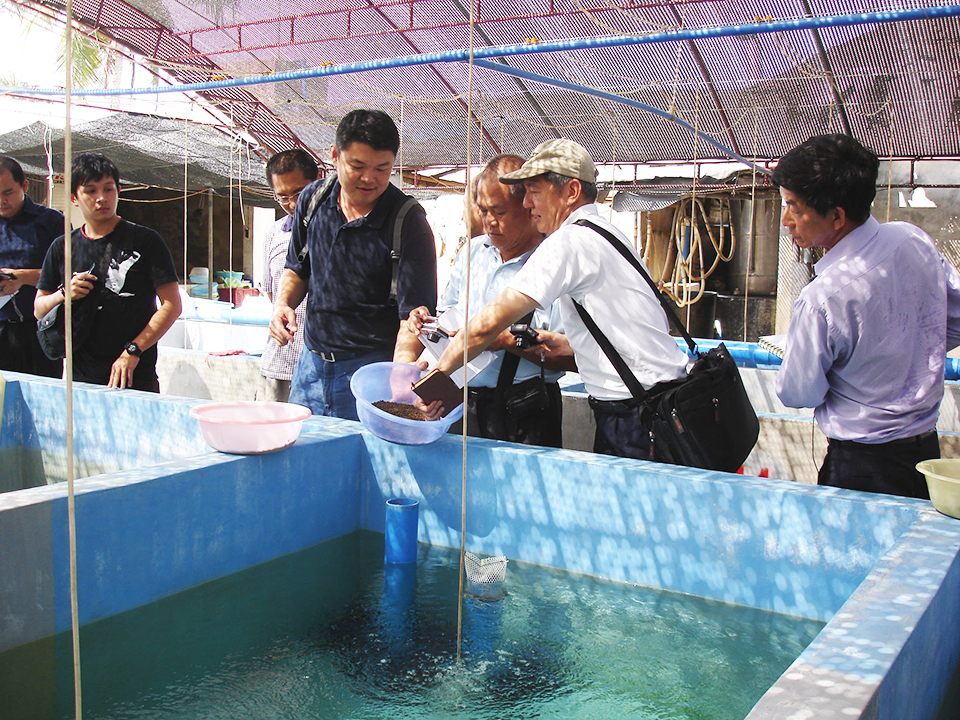
Aquafeeds
ASAIM addresses challenges to growth of marine fish farming in Southeast Asia
In its efforts to advance sustainable aquaculture practices and the use of soy-based feeds in Southeast Asia, the American Soybean Association International Marketing Program (USAIM) has identified several challenges.
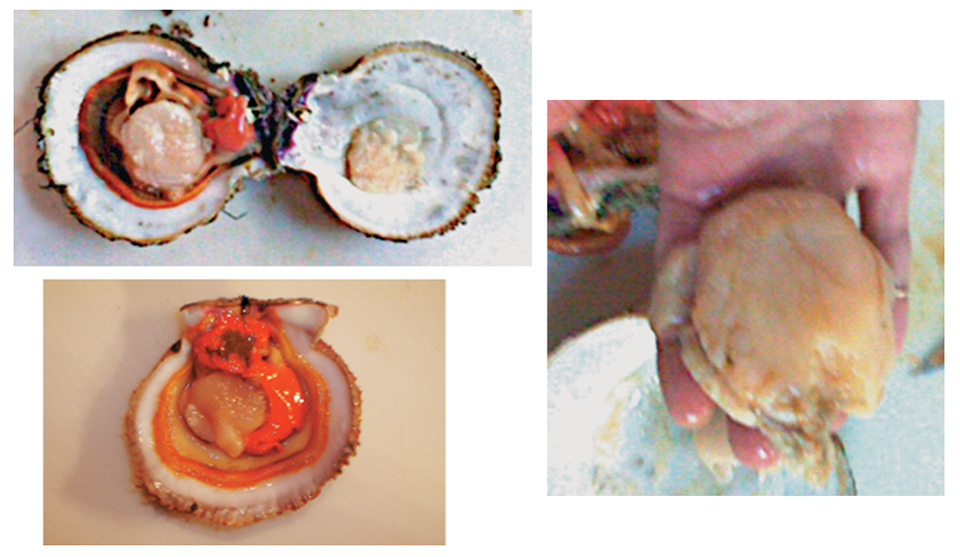
Health & Welfare
Alaska’s purple-hinge rock scallops considered for aquaculture development
Purple-hinge rock scallops are highly prized by local communities and harvested for subsistence in coastal Alaska. To evaluate the suitability of purple-hinge rock scallops for mariculture in Alaska, the authors conducted a four-year grow-out study.
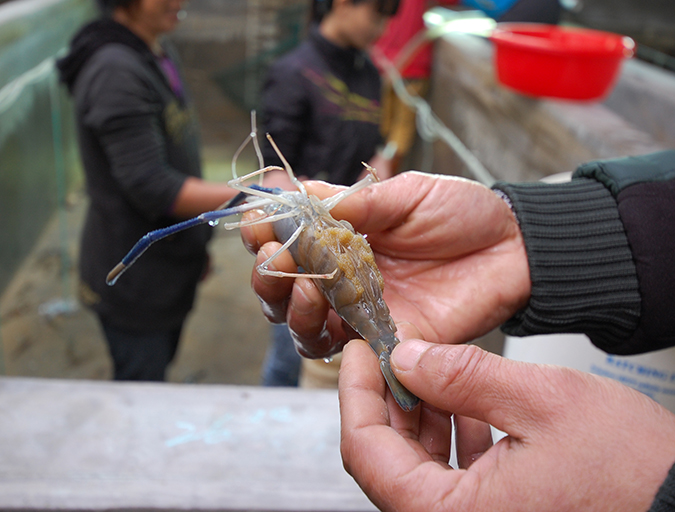
Intelligence
An inside look at Sino Agro Foods’ giant prawn MegaFarm
Sino Agro Foods has developed a proprietary recirculating aquaculture system that yields high production volumes and profitability. The facility should significantly contribute to seafood production in China and to help satisfy increasing demand for high value, safe and sustainably produced seafood.
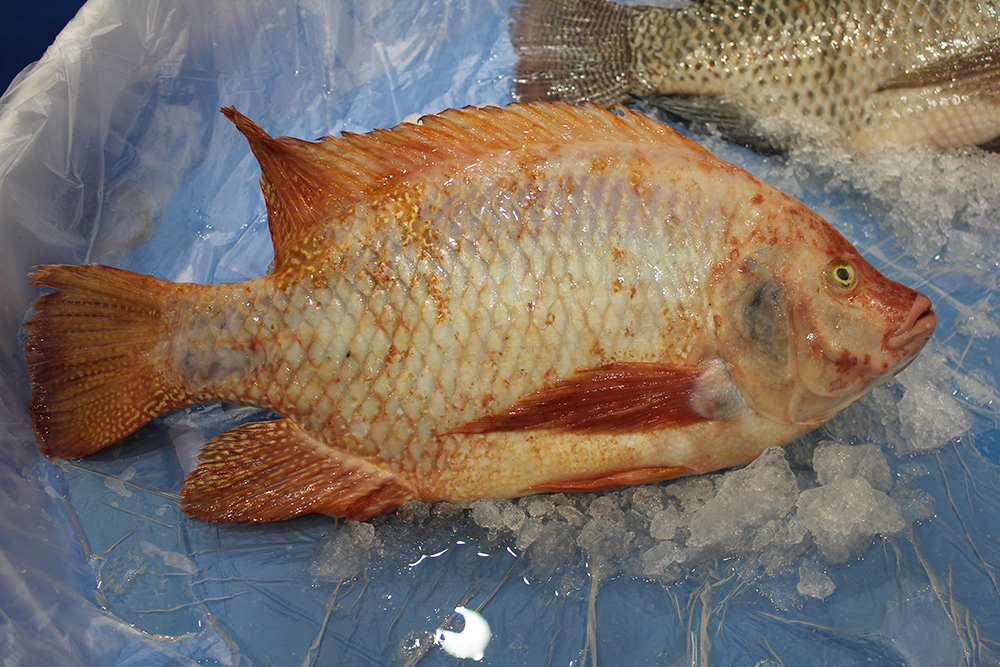
Intelligence
Adding value to tilapia to tap into U.S. market
New markets for tilapia and expansion of existing ones can be created by planning and implementing properly designed geographic strategies to meet discriminating consumer preferences. Low labor costs in most producing countries promotes value-adding by the production of fresh fillets.


